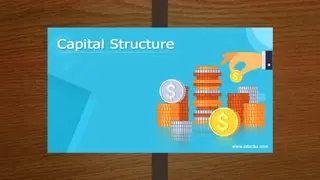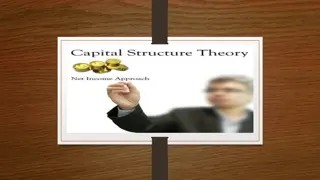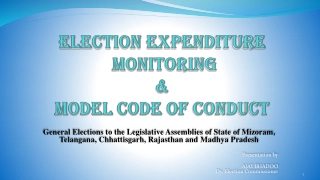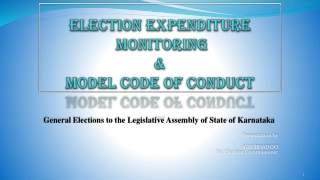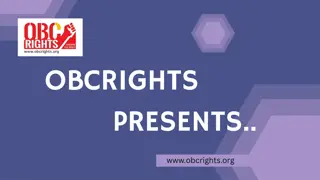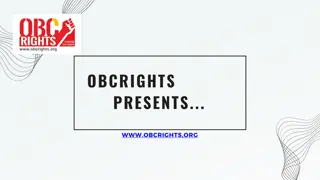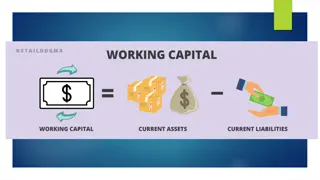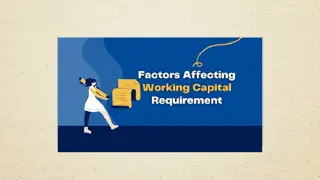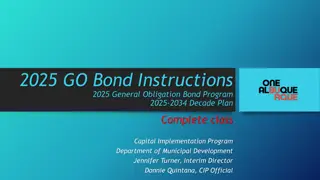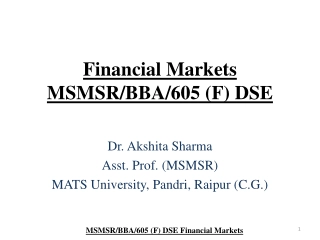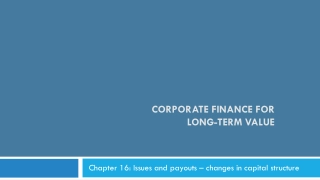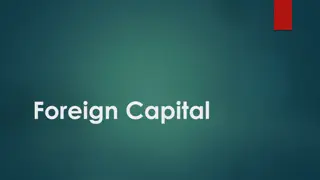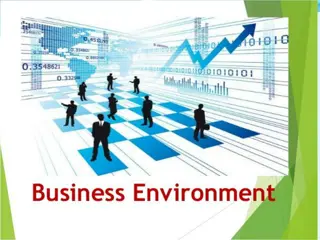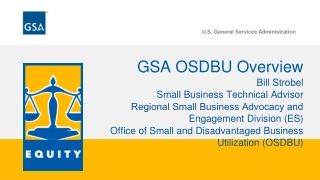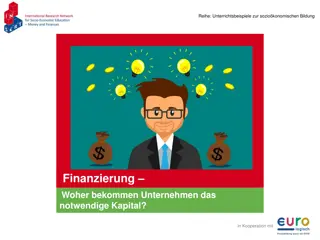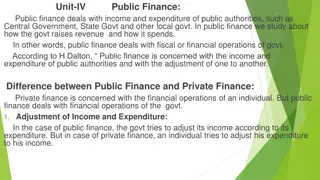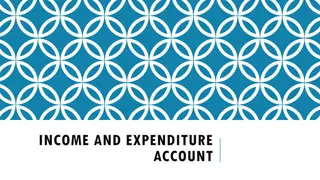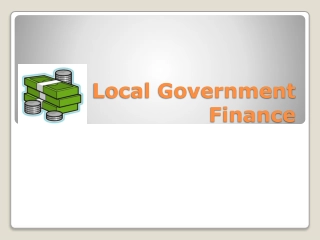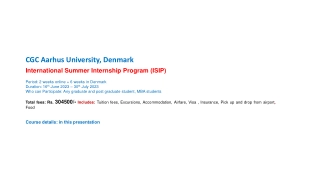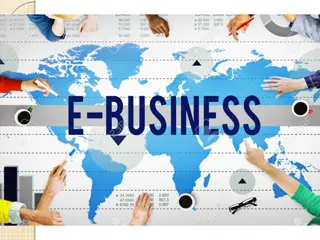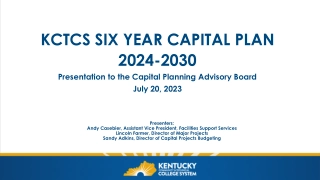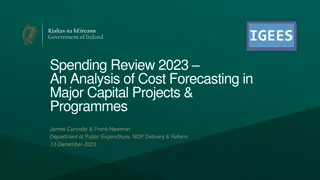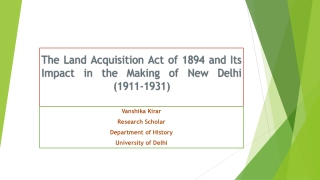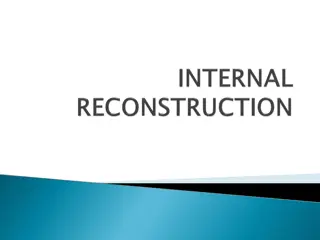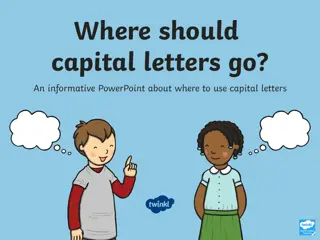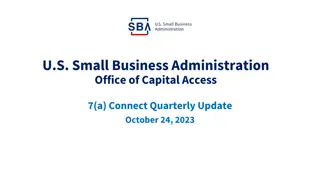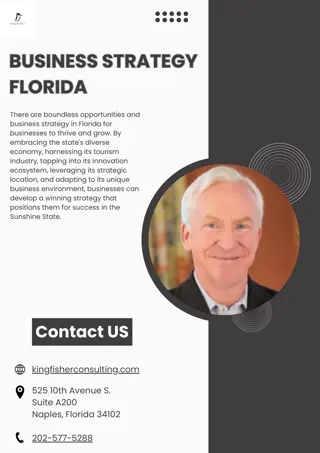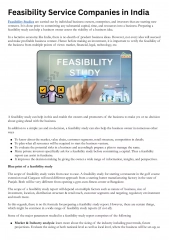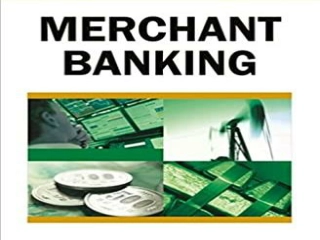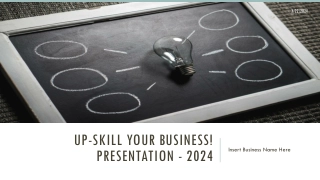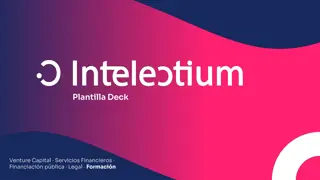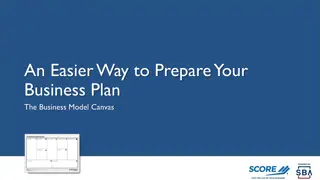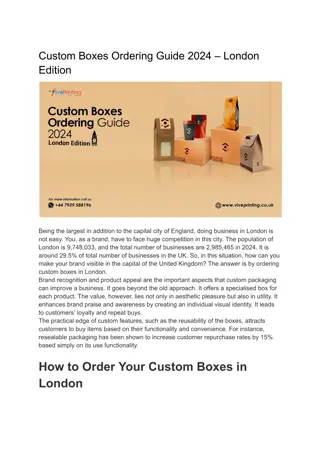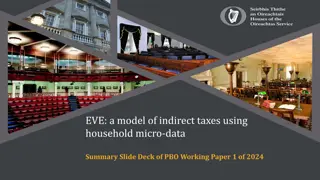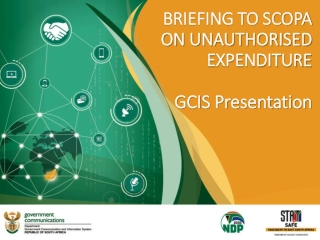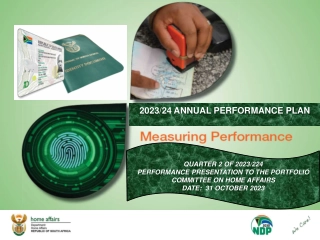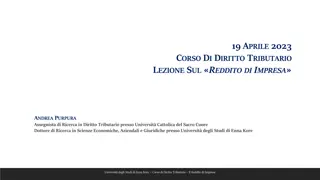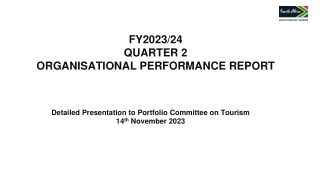Types of Business Expenditure and Capital Expenditure Explained
Learn about the different types of expenditure in business, including capital expenditure on non-current assets like tangible and intangible items, and revenue expenditure for day-to-day trading activities. Explore examples such as machinery, goodwill, patents, trademarks, and more. Understand the distinctions between capital and revenue expenditure to manage business finances effectively.
- Business Expenditure
- Capital Expenditure
- Revenue Expenditure
- Non-current Assets
- Tangible and Intangible
Types of Business Expenditure and Capital Expenditure Explained
PowerPoint presentation about 'Types of Business Expenditure and Capital Expenditure Explained'. This presentation describes the topic on Learn about the different types of expenditure in business, including capital expenditure on non-current assets like tangible and intangible items, and revenue expenditure for day-to-day trading activities. Explore examples such as machinery, goodwill, patents, trademarks, and more. Understand the distinctions between capital and revenue expenditure to manage business finances effectively.. Download this presentation absolutely free.
Presentation Transcript
C3 Draw a spider diagram to show everything a business spends money on. TYPESOF EXPENDITURE Use 2 colour highlighters to show those items that are regular items and those that are necessary when setting up and will then only bought occasionally. TYPES OF EXPENDITURE
TYPESOF EXPENDITURE In this topic you will learn about Capital expenditure Non-current assets tangible (land, buildings and premises, machinery and equipment, vehicles, fixtures and fittings) Intangible (goodwill, patents, trademarks, brand names) Revenue expenditure Inventory Rent Rates Heating and lighting Water Insurance Administration Telephone Postage Stationery Salaries Wages Marketing Bank charges Interest paid Straight-line depreciation Reducing balance depreciation Discount allowed
TYPESOFEXPENDITURE Expenditure is money leaving a business Expenditure can be categorised as: Capital expenditure spending on items that will stay in the business for more than a year e.g. machinery Revenue expenditure day to day spending to fund the trading activities of the business e.g. inventory Define the term expenditure in relation to an individual. Recap: what is meant by the term non-current asset? Is this capital or revenue expenditure?
CAPITALEXPENDITURE Non-current assets Items of value owned by a business that will stay in the business for more than a year These can be tangible or intangible: Tangible i.e. you can touch them Land Buildings and premises Machinery and equipment Vehicles Fixtures and fittings
CAPITALEXPENDITURE Non-current assets Intangible i.e. you cannot touch them Goodwill is when one business buys the reputation, and sometimes customer base, of another established and well recognised business Patents when a business pays to protect a unique feature of a product or process to stop it being copied by a third party without permission Trademarks when a business pays to protect a unique characteristic of the business that distinguishes it from competitors Swatch succeeds in trademark case over Apple 'iWatch . Examples of trademarks include trademark name, logo, strapline, colour, shape Brand name when a business buys the right to sell a particular brand of product. A brand is a recognised name that creates a certain expectation in the mind of the consumer
REVENUEEXPENDITURE In pairs discuss each example of revenue expenditure to ensure you understand how it relates to a business. Rent Inventory Rates Heating and light Water Revenue expenditure Marketing Insurance Discounts allowed Administration Salaries and wages Bank charges Interest paid
REVENUEEXPENDITURE Depreciation is a paper based exercise that spreads the cost of an asset over its useful life For example, if a business spends 1m on a new machine it will not want to treat the whole 1m as an expense in year 1. It therefore depreciates the value of the asset Each year as the asset falls in value the depreciation is deducted from profit as an expense There are 2 methods of depreciation: Straight-line Reducing balance
REVENUEEXPENDITURE Straight-line an asset s value is reduced by the same amount each year Value of asset residual value life of the asset Asset purchase price = 300 000 Residual (resell) value = 20 000 Useful life = 5 years 300 000 - 20 000 = 56 000 5 The asset would be depreciated by 56 000 per year Asset Year Depreciation Net book value 300 000 1 56 000 244 000 244 000 2 56 000 188 000 188 000 3 56 000 132 000 132 000 4 56 000 76 000 76 000 5 56 000 20 000
REVENUEEXPENDITURE Reducing balance an asset s value is reduced by a set percentage of the net book value each year Asset purchase price = 300 000 Rate of depreciation = 30% Useful life = 5 years * If the remaining value is higher than the residual value this will be written off in the final year. Asset Year Depreciation Net book value 300 000 1 90 000 210 000 210 000 2 63 000 147 000 147 000 3 44 100 102 900 102 900 4 30 870 72 030 72 030 5 21 609 50 421* Discussion: Which method do you think is best?
ACTIVITY Identify examples of revenue and capital expenditure in setting up a cotton mill in Greater Manchester
TYPESOF EXPENDITURE In this topic you have learnt about Capital expenditure Non-current assets tangible (land, buildings and premises, machinery and equipment, vehicles, fixtures and fittings) Intangible (goodwill, patents, trademarks, brand names) Revenue expenditure Inventory Rent Rates Heating and lighting Water Insurance Administration Telephone Postage Stationery Salaries Wages Marketing Bank charges Interest paid Straight-line depreciation Reducing balance depreciation Discount allowed


